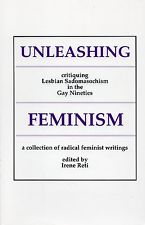Brown, Carolyn E. “Erotic Religious Flagellation and Shakespeare’s Measure for Measure”, English Literary Renaissance, Vol.16, Iss. 1, Dec 1986
Shakespeare’s play Measure for Measure (first performed in 1604) links religious asceticism and flagellation with deviant sexuality and political tyranny. The Duke of Vienna, the judge Angelo and the novice nun Isabella claim to be pious and chaste, while their sexuality is repressed in such a way that it emerges as indifferent voyeurism, aggressive sadism or masochism, respectively. “…by drawing parallels to historical or topical events, Shakespeare suggests that the protagonists’ very asceticism, ironically, causes this deviant desire and that they associate their austere religious practices with pleasurable feelings.”

Isabella and Angelo
The plot revolves around a couple, Claudio and Juliet, who have not properly observed all the rules of engagement and marriage. While the Duke travels through Vienna in disguise as a friar, he hands power over to the judge Angelo, who decides to make an example of Claudio and condemn him to death for fornication. Claudio’s friend Lucia asks Isabella, the novice nun and Claudio’s sister, for help. Angelo offers to free Claudio in exchange for sex with Isabella.
The trio of the Duke, Angelo and Isabella are all ascetics (though none are actually clergy), and are hostile to sexual desires, believing that “pain kills the libido and thus subjecting themselves and others to physical abuse.”
Continue reading »













